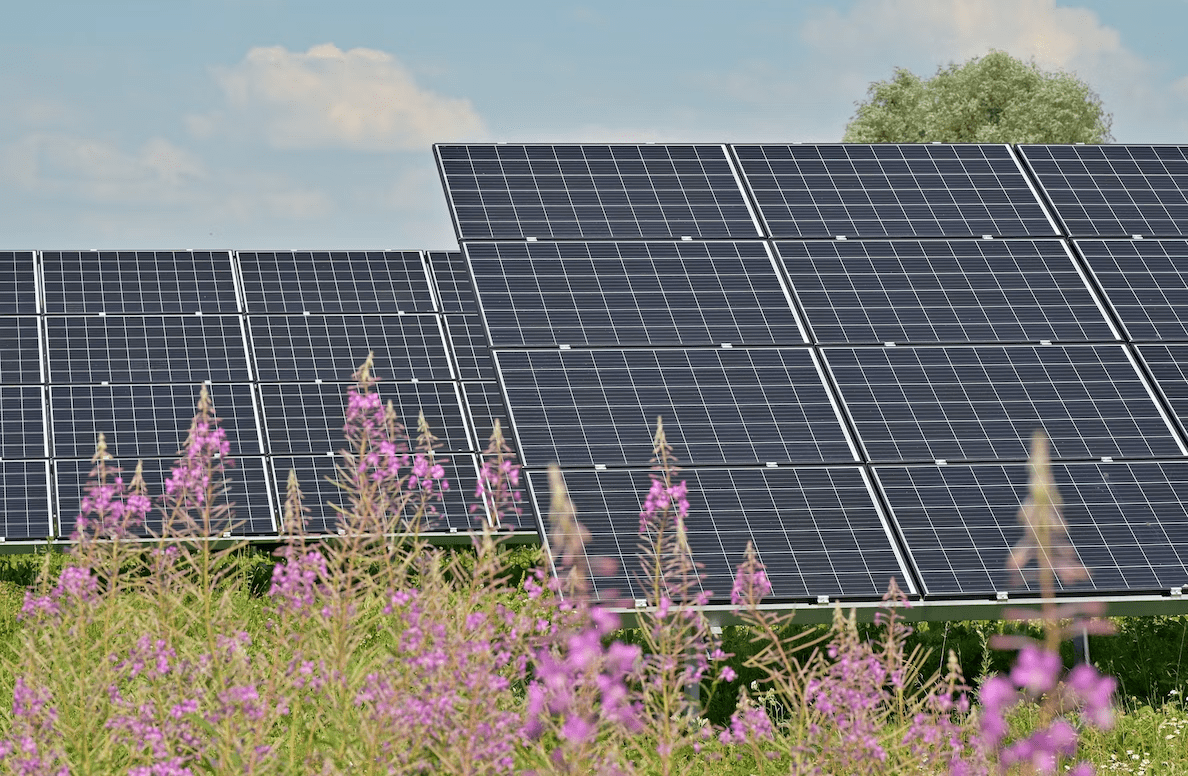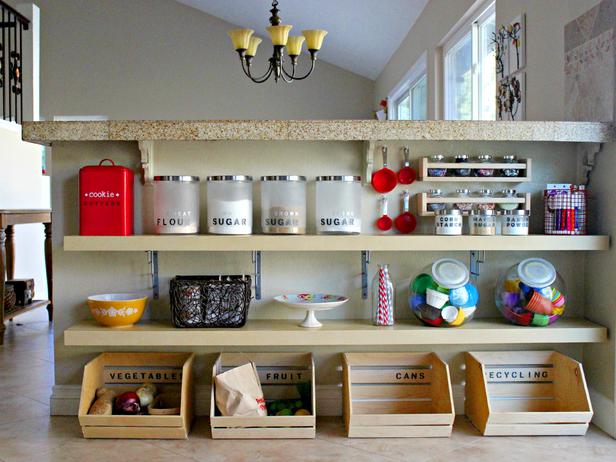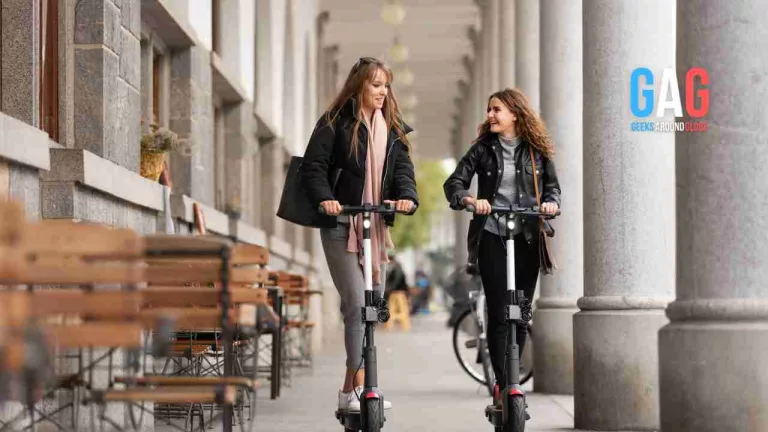IMAGE SOURCE: https://unsplash.com/photos/fCv4k5aAZf4
Installations using solar panels have unique safety concerns like any other electrical product. Preventative actions are preferable to lessen the likelihood of work related accidents. The installer must see the site in person before beginning a solar installation. It is a necessary requirement because the previous sites may differ from the current ones. Plans should be made to address any safety issues after they have been identified.
Never Work in Bad Weather
Stopping work during inclement weather is the number one safety rule to follow. Working with photovoltaic (PV) components, such as solar panels, you risk getting shocked because you are working with electricity. These panels can be damaged by severe winds, disrupting the PV system. It is strongly recommended that one person should never partake in commercial solar installation alone and that you always have at least another person present in the event of an accident or emergency. It is especially true if snow or high winds are expected, as these conditions significantly increase the risk of slipping or losing your balance.
When Moving and Lifting
At least two individuals should lift each solar panel using safe lifting techniques. The solar panels should ideally be moved with the use of a forklift. Do not shatter or damage solar panels by sitting or stepping on them, as this could result in bodily injury or electrical shock. The solar panels are fragile and can easily be broken if anything is dropped. Make sure nothing prevents sunlight from reaching the ground beneath your solar panels. When constructing a PV system, it is crucial to avoid accidents with falling objects and never toss anything up or down.
When Using Solar Power Equipment
When unboxing solar panels, it’s essential to cover them with an opaque sheet to keep them from overheating or absorbing too much energy from the surrounding environment. Covering photovoltaic solar panels with an opaque covering during wiring will also prevent electricity from being generated. Insulated gloves should be used when handling solar panels because of the possibility of an esoteric charge. Avoid getting the roof sheathing wet while installing solar panels to prevent future leaks. While newer roofs are more likely to have this problem, older roofs can leak if shingles are missing or have been removed.
When Installing On Roofs
Lift solar panels onto rooftops by ladder, hoists, or cranes, and always double check their condition before usage. Since solar panels can be heavy, you should check that your roof can handle the load before installing them. Harnesses, lifelines, and safety nets should always be used when working on rooftops. These tools prevent slips, falls, and potentially severe injury or death.
Be as careful as you would be around a live utility power line when working with solar PV array wiring. Disconnect the power to the circuits first. Use a meter or circuit tester to check if they are entirely de-energized. Inactivate all remotely controllable power sources. If your PV modules have connectors, never disconnect them while the system is live. And when working with, you should always utilize insulated tools.







